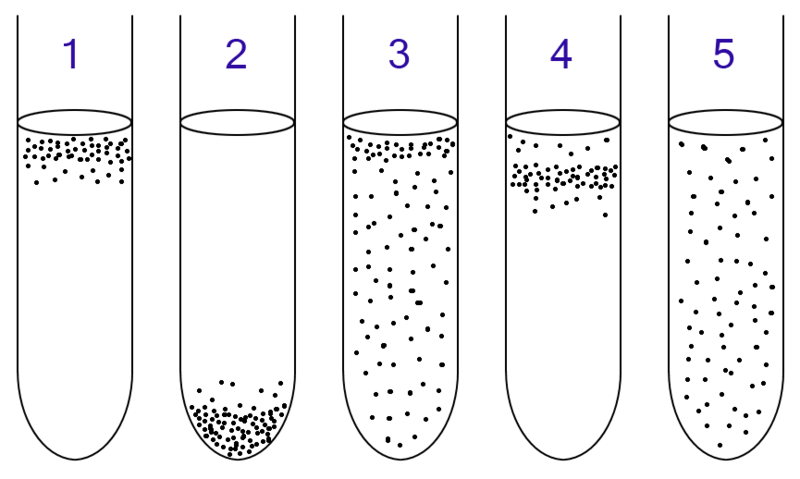Aerobic organism
|
WikiDoc Resources for Aerobic organism |
|
Articles |
|---|
|
Most recent articles on Aerobic organism Most cited articles on Aerobic organism |
|
Media |
|
Powerpoint slides on Aerobic organism |
|
Evidence Based Medicine |
|
Clinical Trials |
|
Ongoing Trials on Aerobic organism at Clinical Trials.gov Trial results on Aerobic organism Clinical Trials on Aerobic organism at Google
|
|
Guidelines / Policies / Govt |
|
US National Guidelines Clearinghouse on Aerobic organism NICE Guidance on Aerobic organism
|
|
Books |
|
News |
|
Commentary |
|
Definitions |
|
Patient Resources / Community |
|
Patient resources on Aerobic organism Discussion groups on Aerobic organism Patient Handouts on Aerobic organism Directions to Hospitals Treating Aerobic organism Risk calculators and risk factors for Aerobic organism
|
|
Healthcare Provider Resources |
|
Causes & Risk Factors for Aerobic organism |
|
Continuing Medical Education (CME) |
|
International |
|
|
|
Business |
|
Experimental / Informatics |
Overview

1: Obligate aerobic bacteria gather at the top of the test tube in order to absorb maximal amount of oxygen.
2: Obligate anaerobic bacteria gather at the bottom to avoid oxygen.
3: Facultative bacteria gather mostly at the top, since aerobic respiration is the most beneficial one; but as lack of oxygen does not hurt them, they can be found all along the test tube.
4: Microaerophiles gather at the upper part of the test tube but not at the top. They require oxygen but at a low concentration.
5: Aerotolerant bacteria are not affected at all by oxygen, and they are evenly spread along the test tube.
An aerobic organism or aerobe is an organism that has an oxygen based metabolism. Aerobes, in a process known as cellular respiration, use oxygen to oxidize substrates (for example sugars and fats) in order to obtain energy.
- Obligate aerobes require oxygen for aerobic cellular respiration.
- Facultative anaerobes can use oxygen, but also have anaerobic methods of energy production.
- Microaerophiles are organisms that may use oxygen, but only at low concentrations.
- Aerotolerant organisms can survive in the presence of oxygen, but they are anaerobic because they do not use it as a terminal electron acceptor.
A good example would be the oxidation of glucose (a monosaccharide) in aerobic respiration.
The energy released in this equation is about 2880 kJ per mol, which is conserved in regenerating 38 ATP from 38 ADP per glucose. This is a factor of 19 times more energy per sugar molecule than the typical anaerobic reaction generates. Eukaryotic organisms (everything but bacteria) only get a net gain of 36 ATP regenerated from ADP in this process, due to an additional membrane that must be crossed by active transport.
Notice that oxygen is used during the oxidation of glucose and water is produced.
This equation is a summary of what actually happens in three series of biochemical reactions: glycolysis, the Krebs cycle, and oxidative phosphorylation.
Almost all animals, most fungi, and several bacteria are obligate aerobes. Most anaerobic organisms are bacteria. Being an obligate aerobe, although being advantageous from the energetical point of view, means also obligatory facing high levels of oxidative stress.
Yeast is an example of a facultative aerobe. Individual human cells are also facultative aerobes: they switch to lactic acid fermentation if oxygen is not available. However, for the whole organism this cannot be sustained for long, and humans are therefore obligate aerobes.
Examples of Obligate Aerobic Bacteria: Nocardia (Gram-positive), Pseudomonas aeruginosa (Gram-negative), Mycobacterium tuberculosis (acid-fast), and Bacillus (Gram-positive).
See also
bg:Аероб cs:Aerobní da:Aerob de:Aerobie gl:Organismo aeróbico id:Organisme aerobik it:Aerobiosi he:אווירני mk:Аероб nl:Aeroob no:Aerobe organismer fi:Aerobinen sv:Aerob uk:Аероби